Wrapping a Land Rover Defender with Protective Film – Armor Your Defender’s Body with Film
The new generation of the 2022 Land Rover Defender is often seen on Russian roads. These majestic, massive vehicles have not lost their boldness even after the exterior redesign and continue to draw the attention of car enthusiasts.
A Defender came to the CarEngineering studio straight from Germany for a protective film coating. The owner decided to combine two methods of body protection: covering the front of the car with polyurethane film and applying a protective ceramic coating to the rear. This technique will equalize the gloss of the body from the film with the rest of the car’s surface and provide minimal protection to the parts not covered by the film.
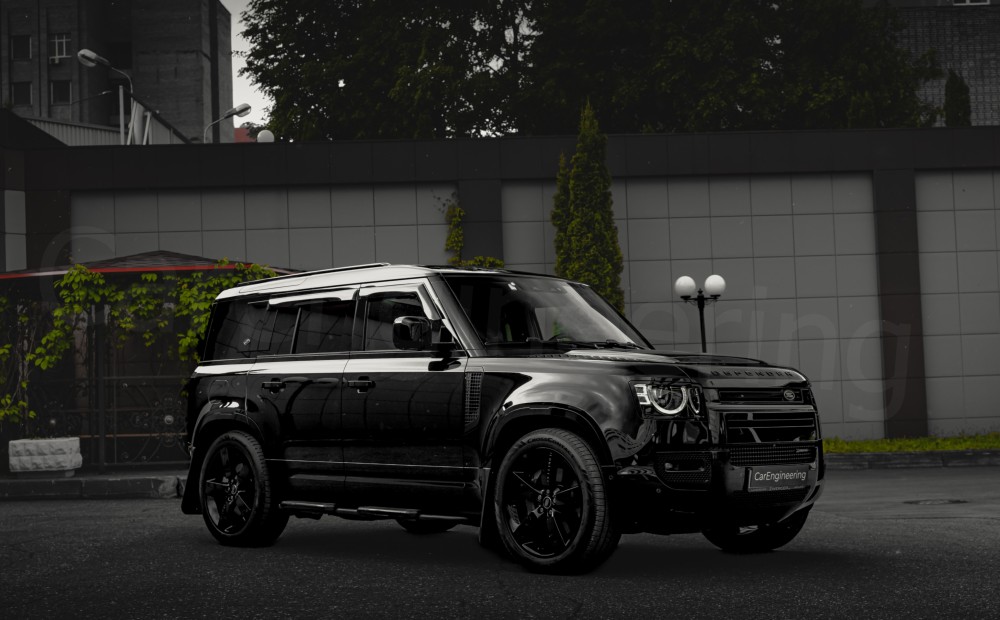
Before starting the main services, the specialists performed a preparatory stage—restorative polishing. This is important because, during use and transportation, the car had already accumulated scratches and scuffs. Polishing will restore its perfect appearance. We will discuss the process of applying ceramic and anti-gravel film to the Defender in this article, highlighting the important nuances of each stage.
Premium Polishing at CarEngineering Studio – A Proven Way to Make Your Car’s Body Shine Again
In our service, you won’t encounter a mediocre approach to performing services—only a focus on solving the client’s problem efficiently.
When polishing, the specialist’s goal was to remove minor defects on the body and restore its shine. This service is a mandatory step not only before applying ceramics but also before applying the film. If even a minimal chip or scratch is left, they will be visible under the film on the Defender, which is unacceptable in our service.
Before polishing, the entire body undergoes a preparatory stage. The car is washed in several steps to remove all visible and invisible contaminants. Even if the car looks clean after the first wash, it doesn’t mean that no contaminants are left. That’s why the technician additionally uses special clay and degreasing agents to remove all water spots, invisible metal particles, and ingrained dirt. Only after complete preparation does the polishing begin.
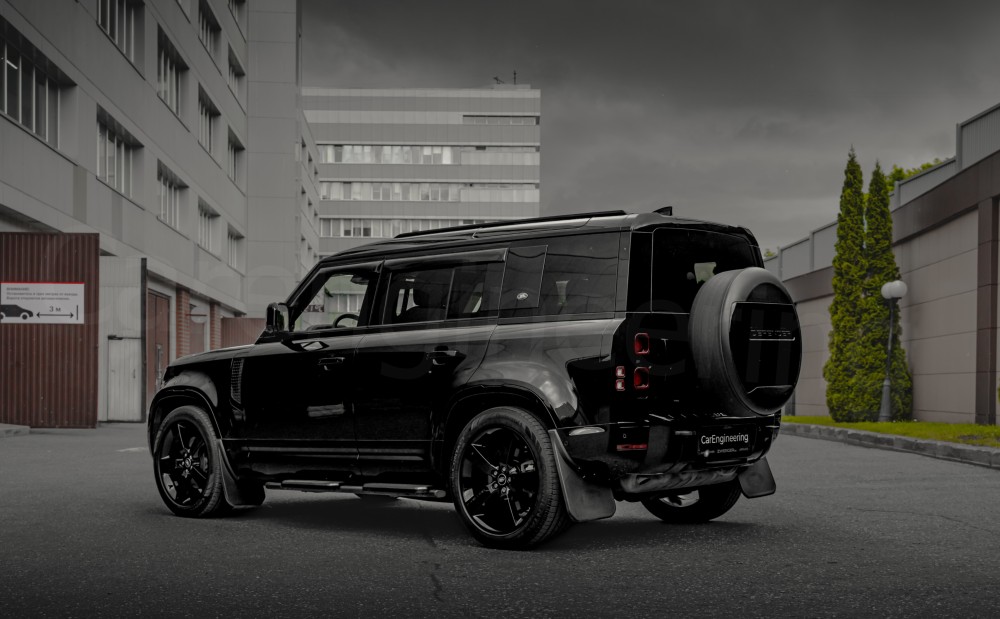
We use premium tools and materials:
- Polishing machine – Rupes. This brand is considered a world leader in polishing equipment and is known for its highest quality.
- Polishing pads – Koch, Meguiar’s, Scholl Concepts, Lake Country, Leraton, Rupes. Depending on the polishing task, we select pads from the appropriate material: abrasive, foam.
- Polishing compounds – Koch Chemie, Menzerna, Meguiar’s. These premium-quality compounds effectively remove defects and enhance the depth of the car’s color. Depending on the severity of the damage, we choose the appropriate compound with the right amount of abrasive particles.
It’s also important to note that during polishing, all rubber and plastic elements of the body are covered with protective tape. This prevents paste residues from getting into crevices. If this step is missed, the paste can embed into textured plastic elements and remain there permanently. For our technicians, quality is always a priority, so every detail is given the utmost attention.
After polishing, the body significantly transforms: it becomes smooth, shiny, and displays a deeper color. After applying the ceramic and protective film to the Defender, the effect will be even more enhanced.
Wrapping the Body with Film – A Crucial Step in Car Care That Should Not Be Overlooked
We always recommend our clients wrap their cars in film as early as possible. Without protection, the body will lose its attractive appearance and gloss, even before covering 1,000 km. In contrast, wrapping a Land Rover Defender will allow you to forget about body damage for many years and keep it in near-new condition.

For protection, our specialists always use polyurethane—the best film for strength and protection. Thanks to the application of the film, the Land Rover Defender is safeguarded against:
- Mechanical damage. Starting with the common threats every car faces during each trip: branches, sandblasting, bitumen. Occasionally, gravel and stones may hit the body, and without additional protection, such impacts can lead to unpleasant consequences. In film, the Defender is protected from a wide range of damages: from scratches from branches and sand, stones, and even minor accidents.
- Chemical exposure. Caustic chemicals can leave stains and damage paint if they come into contact with an unprotected car. With the film, this is not a concern, as the material prevents harmful cleaning agents, road paint, and organic insect residues from reaching the paintwork.
- Heat and freezing temperatures. Weather conditions do not affect the quality of the car’s protection. The film is resistant to frost, hot sun, and temperature fluctuations. During use, the film on the Land Rover Defender remains elastic and does not crack.
Scratches that appear on the film during use won’t last long. The polyurethane’s self-healing top layer, Top Coat, starts to self-repair scratches when heated and becomes smooth again.
The lifespan of the premium films used at CarEngineering is up to 10 years. During this time, the film-covered parts of the body will only need washing; no special care is required. We are ready to confirm the authenticity of all materials to each client during the unboxing of a new roll. Each car owner also receives a film warranty after visiting our service.
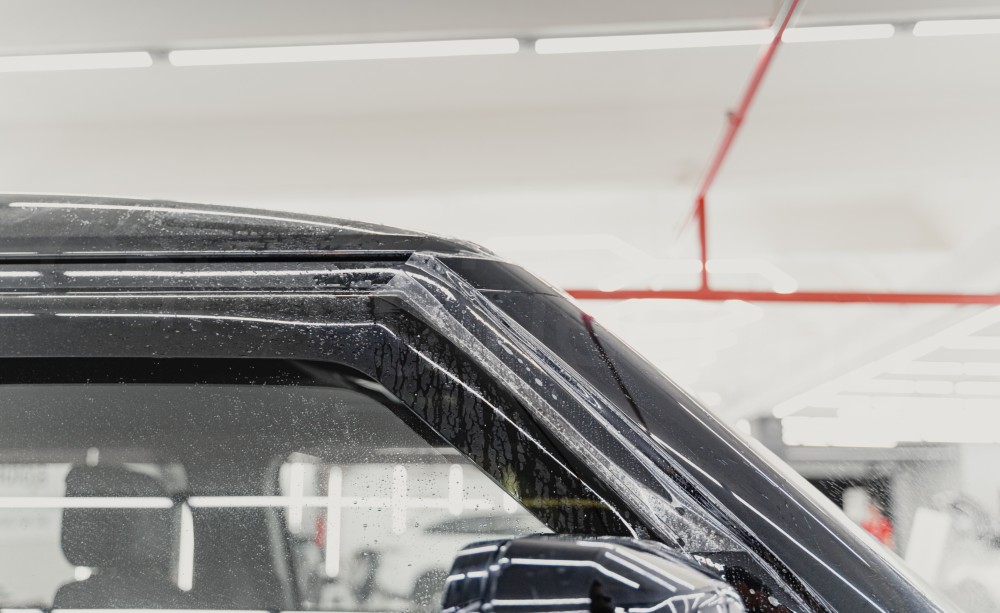
Briefly About the Defender’s Body Protection Package: Full or Partial Wrapping?
Our company offers car owners two protection options: partial (focusing on the front part of the body) and full (covering the entire body, except for the rear lights and piano black).
Partial wrapping is a must for every car—it’s the minimum package that prevents the body from rapidly wearing out and protects against damage to the impact areas. For the Land Rover Defender, partial wrapping with polyurethane film was also chosen, but applying ceramics to the remaining parts helped reduce the risk of wear.
Full wrapping is a more expensive but effective option for those who drive their cars every day. In such conditions, the body needs uniform protection from all sides; otherwise, there is a risk of damage and subsequent repairs. Considering the shortage of components on the market for car painting, color matching could become challenging in case of damage. This should also be considered when choosing the wrapping method.
CarEngineering’s Approach to Wrapping a Land Rover Defender: 3 Crucial Steps That Others Often Overlook
All clients who have visited CarEngineering at least once know about our responsible approach to every service. Applying film requires the simultaneous observance of many requirements, and missing even one of them affects the quality of the wrap.
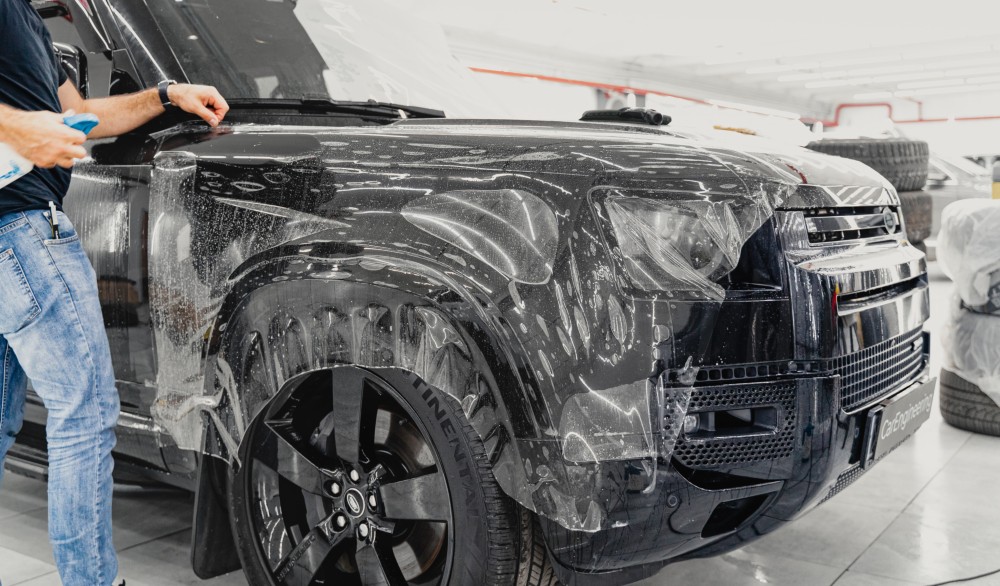
That’s why in our studio, when applying protective film to the Defender:
- Cleanliness and the correct temperature are maintained. The film is stored and applied in the required temperature conditions. During the wrapping process, it’s important for the adhesive layer to function correctly, so the studio creates the necessary environment, maintaining the correct humidity using steam generators. The workspace is always clean, which prevents unwanted dust and dirt from getting under the material.
- Only purified water is used. Defender’s anti-gravel wrap with the wet method is carried out only with water that has no metal impurities. Ordinary water negatively affects the adhesive layer, causing the film to yellow and become cloudy during use. This is unacceptable for CarEngineering, where quality is always a priority.
- Folding of the edges is always done. Folding the film under the detail improves the reliability of the protection, preventing tears and snags on the edges of the material. For a more secure fold, we recommend disassembling the car before wrapping. This also allows access to hard-to-reach areas and bends. Disassembly is done only after agreement with the owner and full approval.
- The film on the Defender is applied zonally; pieces of material are measured and cut according to the shape of the part. Professionals also follow other nuances, such as careful work with a blade, gentle smoothing with squeegees, and proper drying after application. With this approach, we can guarantee that the film will last the entire duration stated by the manufacturer.
Applying Ceramic to the Car’s Body: Key Features of Using a Protective Coating
Ceramics is a slightly different way of covering a car than film. These two materials are not comparable in terms of protective properties, but in the absence of any protection on the body, ceramics save the situation.
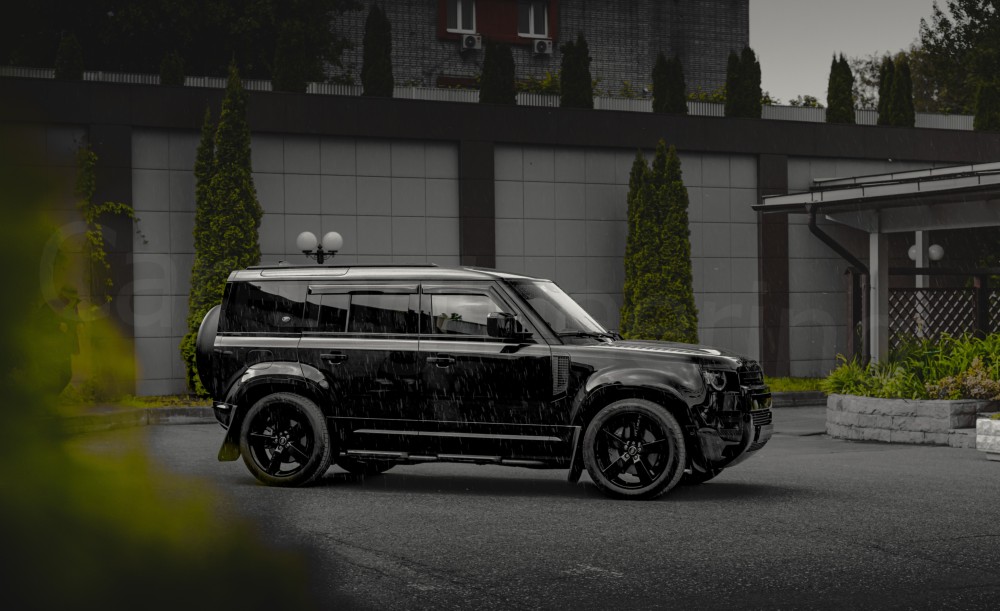
After application, the protective coating provides the following benefits:
- Color depth and shine. Ceramics add gloss, making the car’s color more saturated and interesting.
- Protection from chemicals and the sun. The ceramic layer creates a barrier against harmful chemicals and prevents the body from fading under UV rays.
- Water-repellent properties. While drops of rain usually remain on an uncoated body and leave stains, water slides off ceramics instantly. Whether the car is standing outdoors or in motion, after rain, no traces will remain on the ceramic surface.
- Such an effect can only be achieved by using high-quality products.
At CarEngineering, we do not use cheap GEX Ceramic, Tekko, or DPro Ceramic. Our technicians work with premium ceramics from ServFaces, HENDLEX, ZviZZer, and Krytex. With proper care, they last a long time and effectively showcase their benefits.
Our specialists can fulfill any request: body and windshield film wrapping, interior dry cleaning, interior restoration, installation

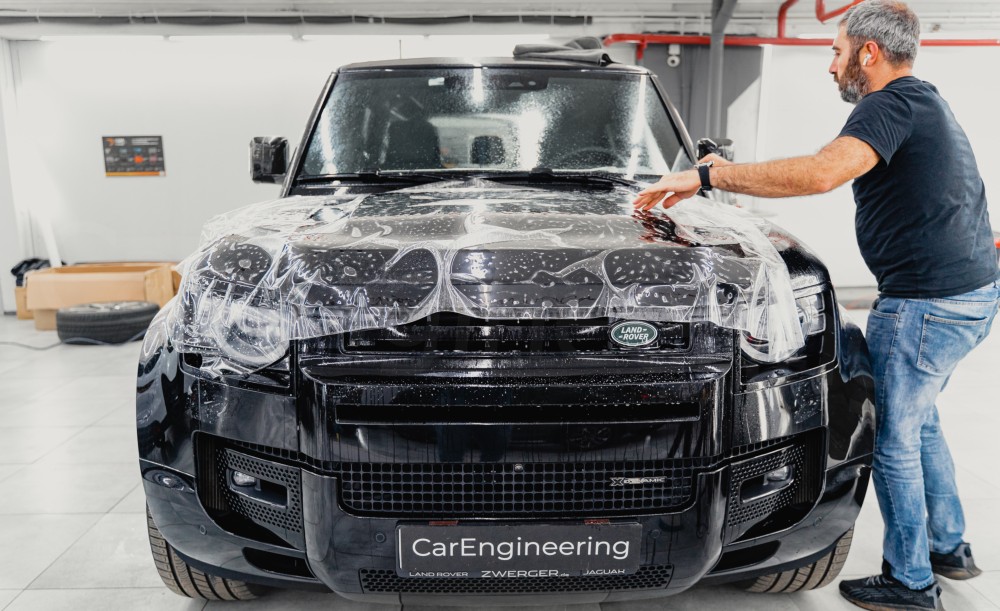
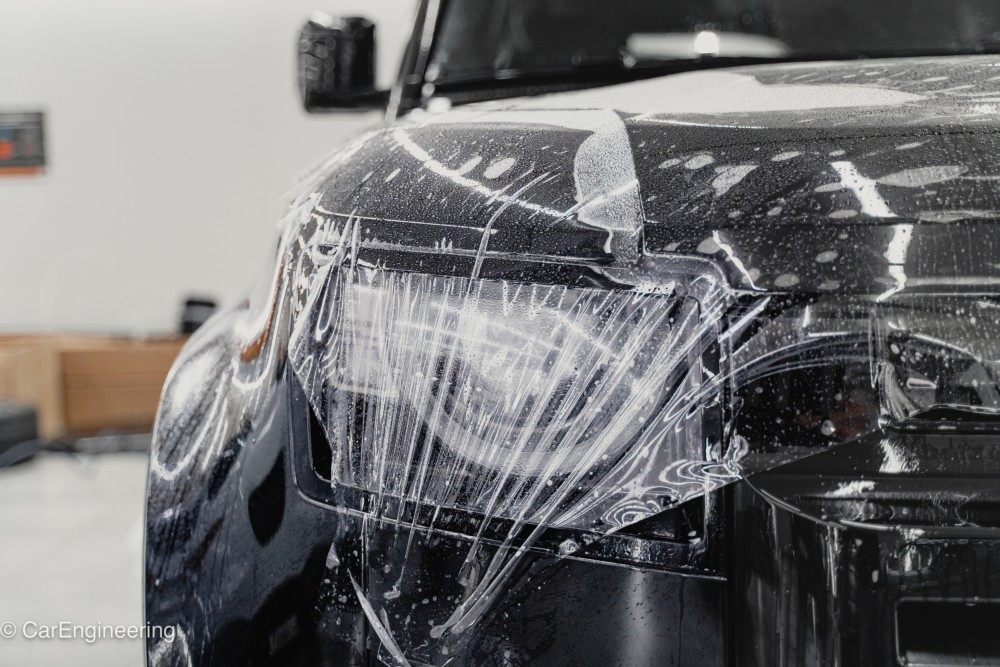
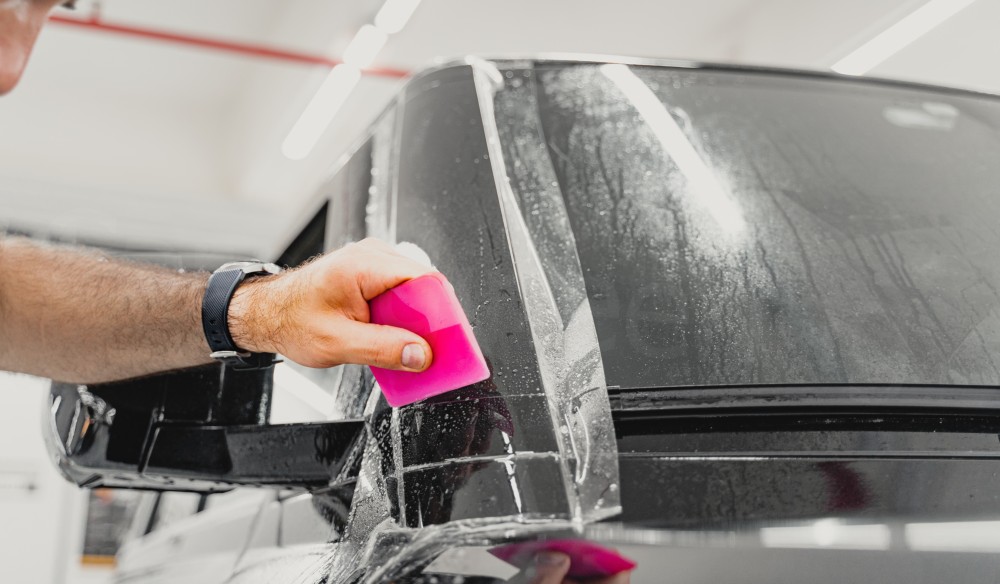

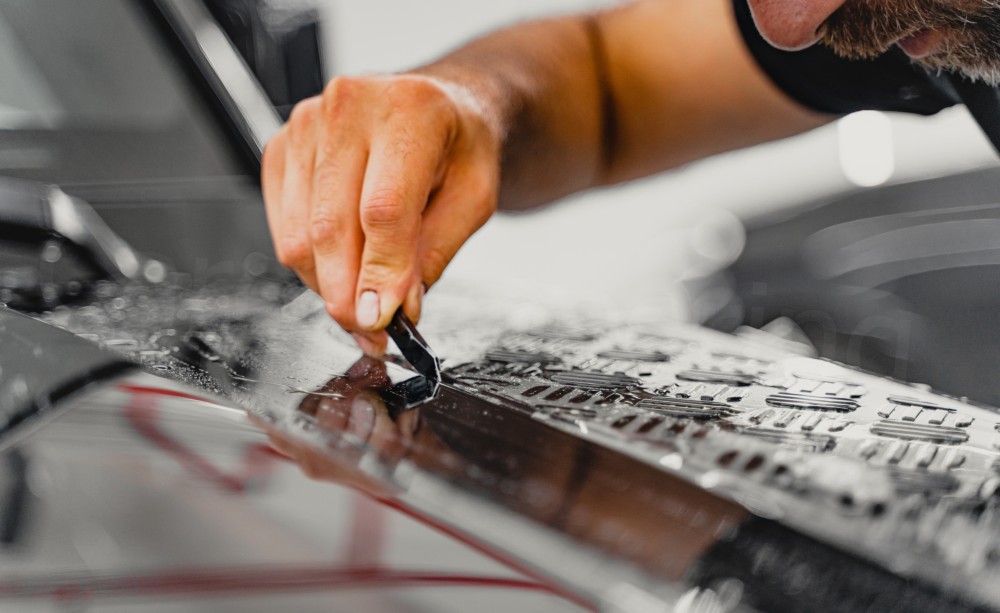


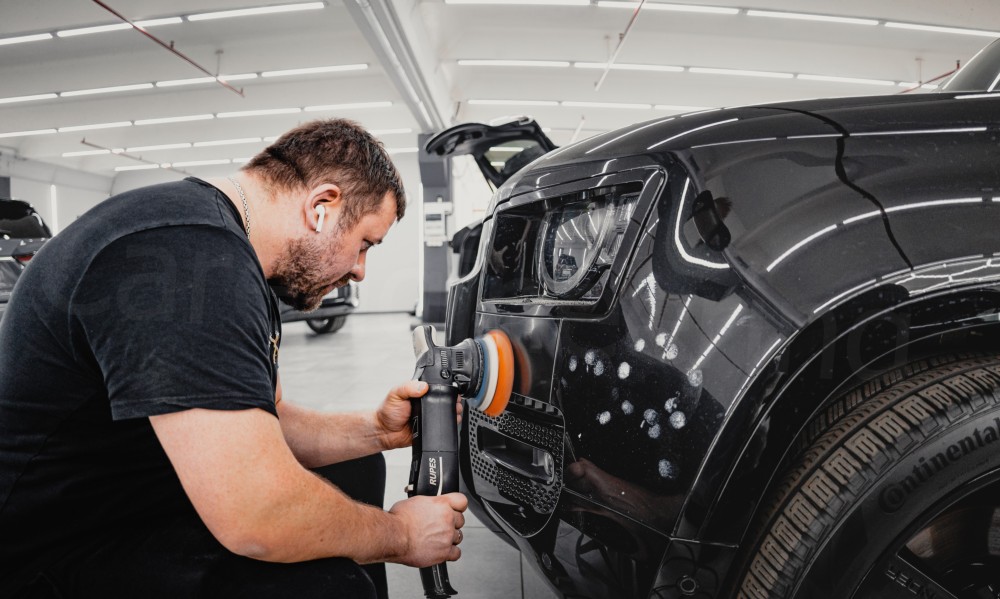
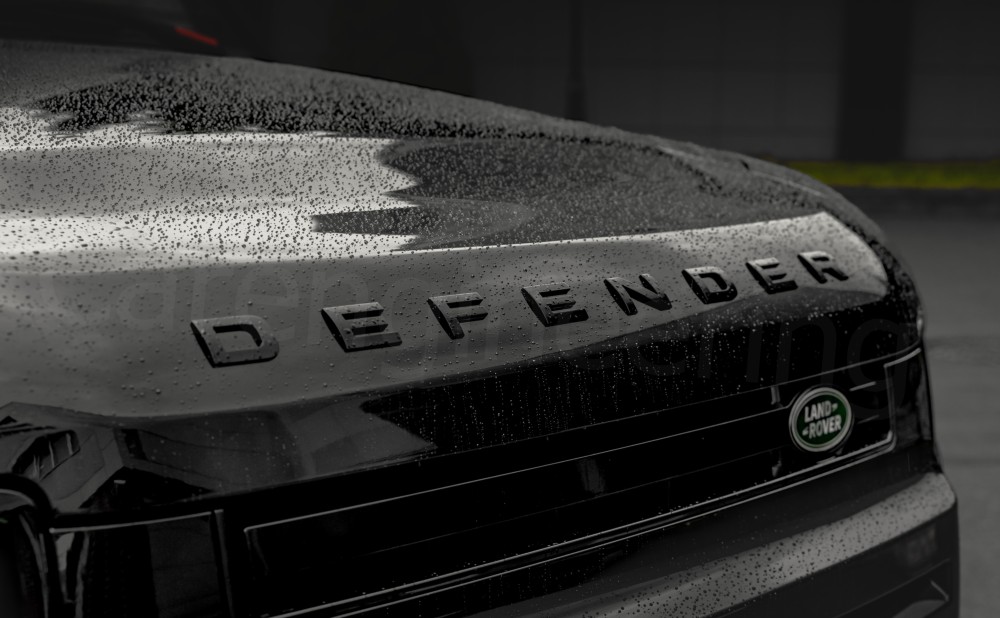
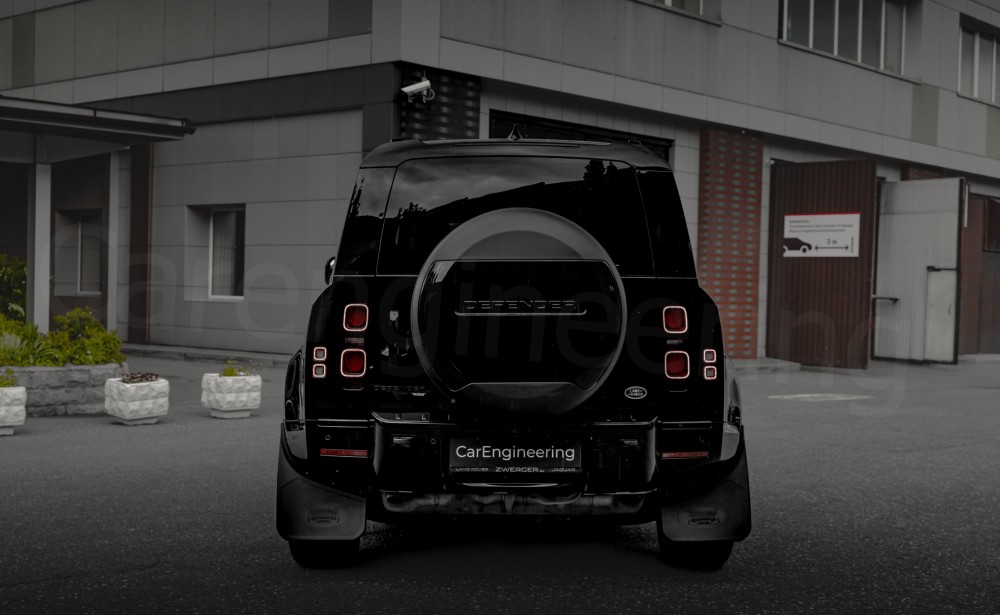
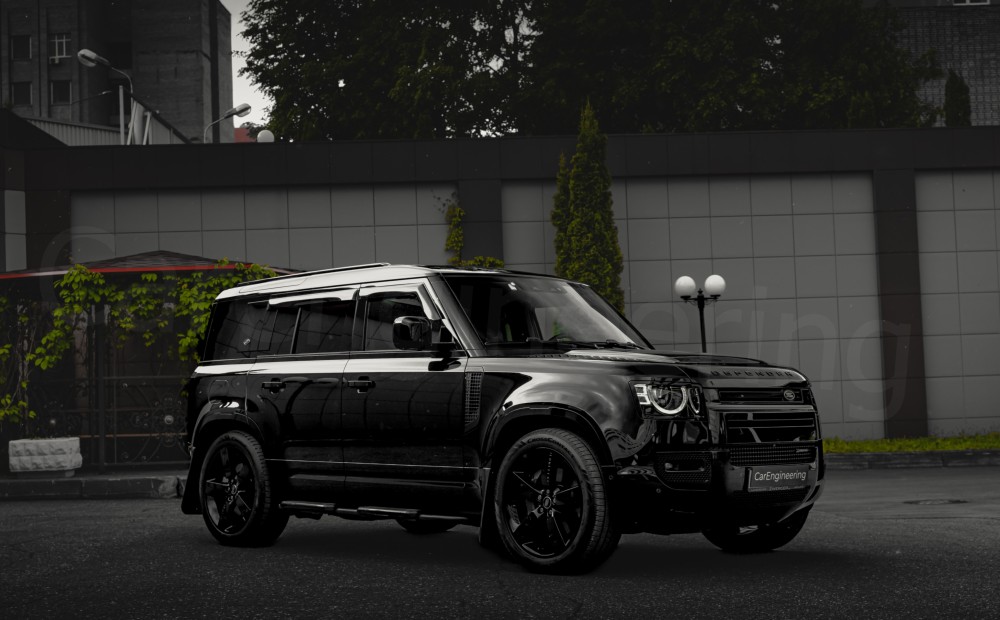
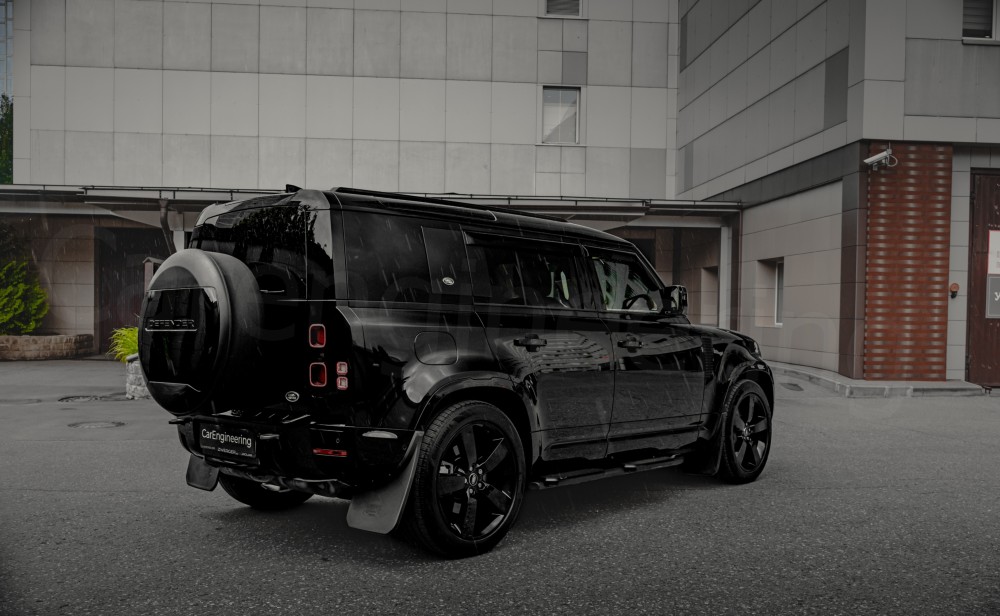
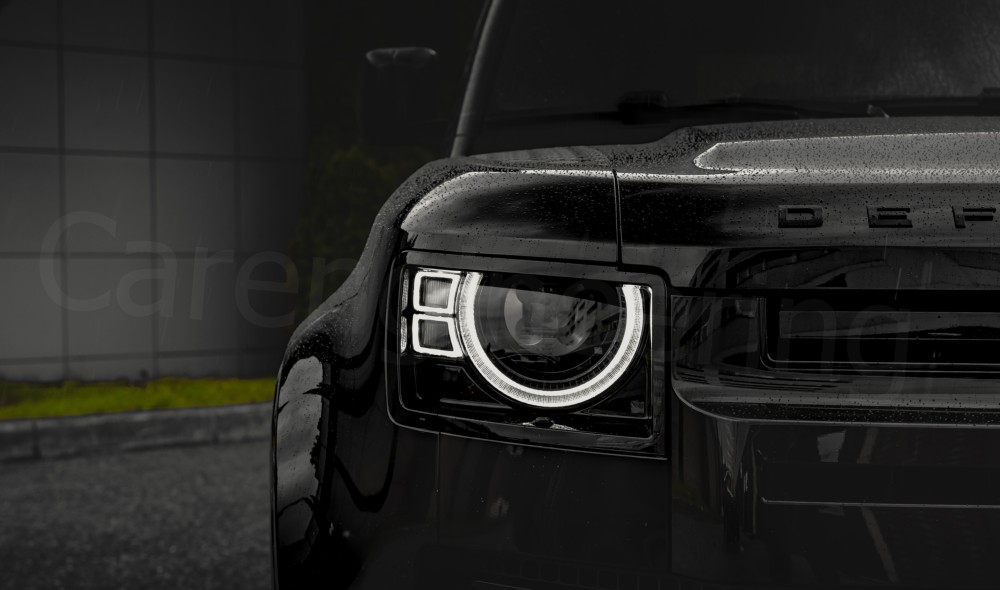
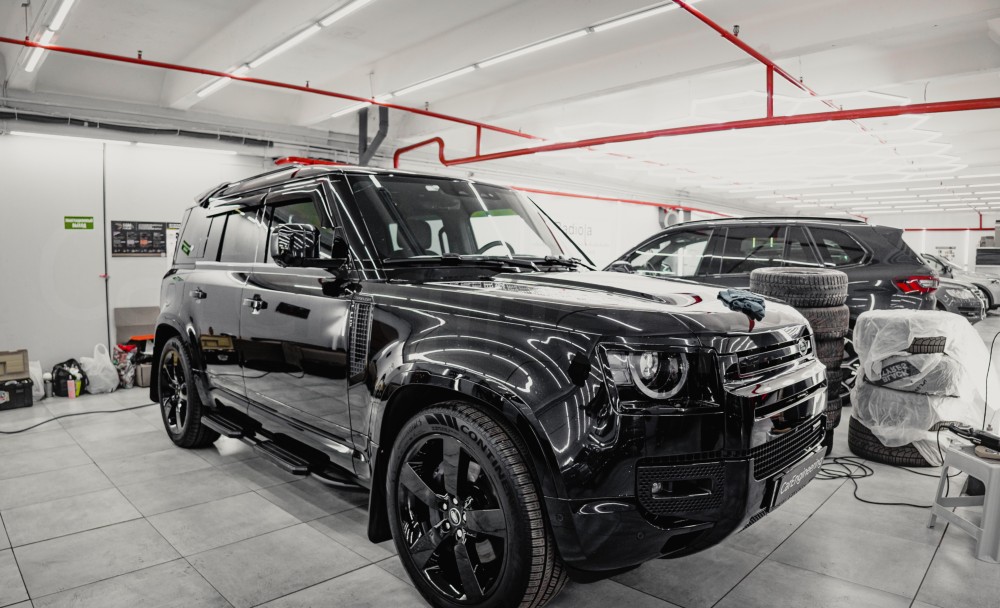
We will be glad to work with your car. Please contact us
☎️ 058 109 2340
📞 Whatsapp +971 58 109 2340
We are located in Dubai – link – Al Quoz 2
An interesting video, beautiful shots, and just a great job at the link below:

